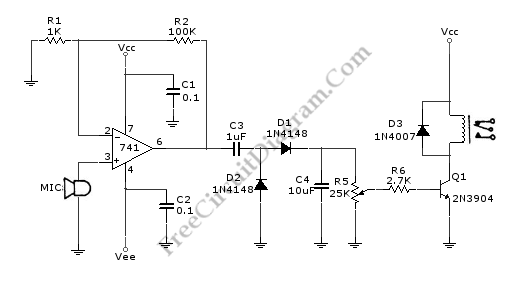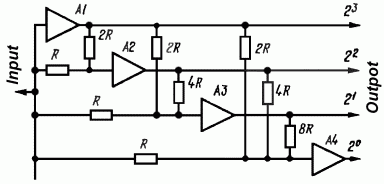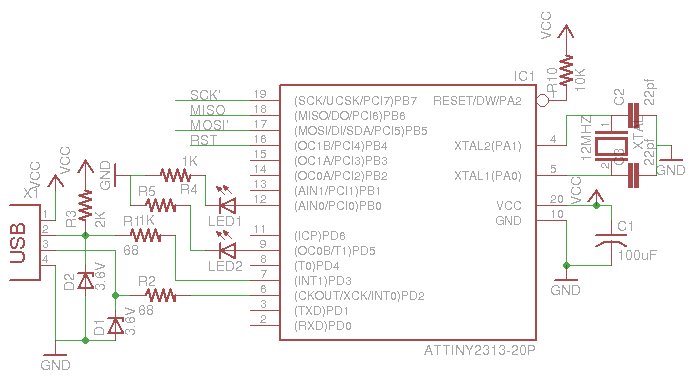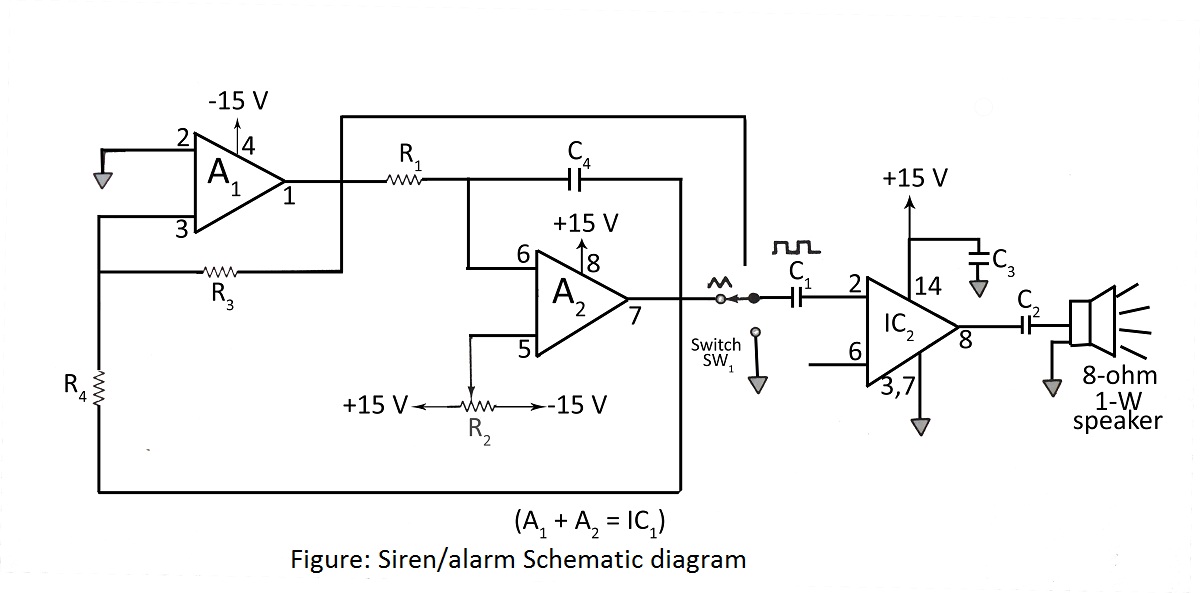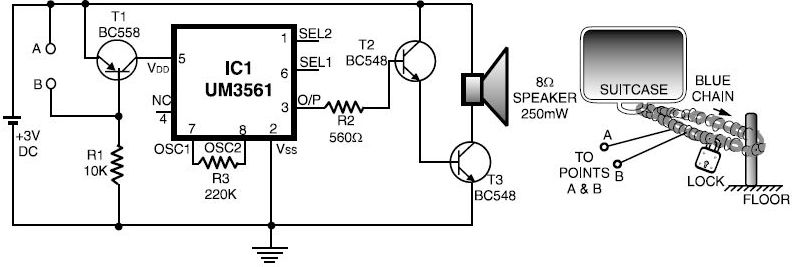
build yourself this simple sound activated alarm
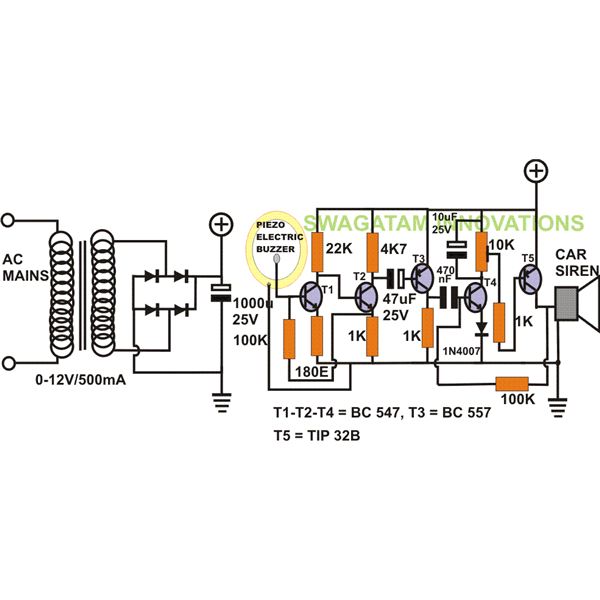
The project "DIY: Build a Sound Activated Switch" presented here is straightforward to construct and can be very useful in protecting a specific area from potential theft or intrusion. Learn how to build a simple sound-activated alarm here on Bright Hub.
The sound-activated switch project involves creating a circuit that responds to sound, typically generated by clapping or other loud noises. This circuit can be utilized to activate an alarm system or trigger other devices when a sound is detected, enhancing security in designated areas.
To construct this circuit, the following components are typically required: a microphone or sound sensor, an operational amplifier (op-amp) to amplify the microphone’s signal, a transistor to switch the alarm or load, and a relay for controlling higher power devices.
1. **Microphone/Sound Sensor**: The microphone captures sound waves and converts them into an electrical signal. A simple electret microphone can be used for this purpose. It should be connected to the input of the op-amp.
2. **Operational Amplifier**: The op-amp amplifies the weak signal from the microphone. The gain can be adjusted using resistors in the feedback loop, allowing the circuit to be sensitive to specific sound levels.
3. **Transistor**: The output from the op-amp is fed into the base of a transistor. When the amplified signal exceeds a certain threshold, the transistor turns on, allowing current to flow from the collector to the emitter.
4. **Relay**: The transistor can be used to drive a relay, which can control higher voltage devices such as alarms or lights. The relay acts as a switch that opens or closes the circuit based on the transistor's state.
5. **Power Supply**: Ensure that the circuit is powered appropriately, typically using a DC supply that matches the requirements of the components used.
6. **Additional Components**: Additional components such as resistors, capacitors, and diodes may be necessary for signal conditioning and protection.
The final assembly of the circuit should be housed in a protective enclosure to prevent damage and interference from external factors. Testing and calibration are essential to ensure the system responds accurately to sound and operates reliably in the intended environment.The project†DIY: build sound activated switch†presented here is pretty easy to construct and can prove to be very useful in protecting a particular area from a possible theft or intrusion. Learn how to build a simple sound activated alarm here on Bright Hub.. 🔗 External reference
The sound-activated switch project involves creating a circuit that responds to sound, typically generated by clapping or other loud noises. This circuit can be utilized to activate an alarm system or trigger other devices when a sound is detected, enhancing security in designated areas.
To construct this circuit, the following components are typically required: a microphone or sound sensor, an operational amplifier (op-amp) to amplify the microphone’s signal, a transistor to switch the alarm or load, and a relay for controlling higher power devices.
1. **Microphone/Sound Sensor**: The microphone captures sound waves and converts them into an electrical signal. A simple electret microphone can be used for this purpose. It should be connected to the input of the op-amp.
2. **Operational Amplifier**: The op-amp amplifies the weak signal from the microphone. The gain can be adjusted using resistors in the feedback loop, allowing the circuit to be sensitive to specific sound levels.
3. **Transistor**: The output from the op-amp is fed into the base of a transistor. When the amplified signal exceeds a certain threshold, the transistor turns on, allowing current to flow from the collector to the emitter.
4. **Relay**: The transistor can be used to drive a relay, which can control higher voltage devices such as alarms or lights. The relay acts as a switch that opens or closes the circuit based on the transistor's state.
5. **Power Supply**: Ensure that the circuit is powered appropriately, typically using a DC supply that matches the requirements of the components used.
6. **Additional Components**: Additional components such as resistors, capacitors, and diodes may be necessary for signal conditioning and protection.
The final assembly of the circuit should be housed in a protective enclosure to prevent damage and interference from external factors. Testing and calibration are essential to ensure the system responds accurately to sound and operates reliably in the intended environment.The project†DIY: build sound activated switch†presented here is pretty easy to construct and can prove to be very useful in protecting a particular area from a possible theft or intrusion. Learn how to build a simple sound activated alarm here on Bright Hub.. 🔗 External reference

